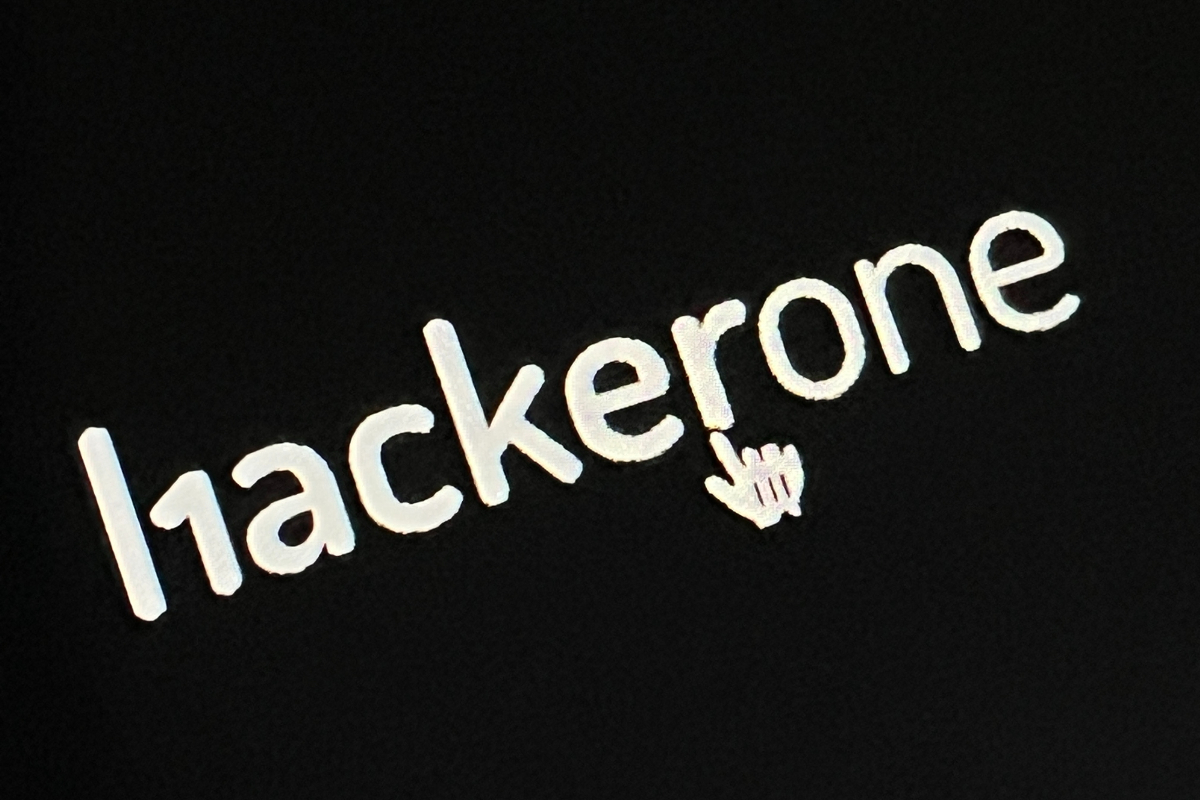Published on May 24, 2025
What security systems does TradingView use to protect users?

TradingView is a web-based financial analysis platform that is popular among investors, traders, and market analysts worldwide. The platform provides a variety of tools for analyzing price charts and technical indicators, as well as social features that allow users to share their trading ideas and analysis. With its increasing popularity, TradingView has a big responsibility in protecting its users’ data and privacy from cyber threats. This article will discuss further about the security systems implemented by TradingView.
1. Data Security and User Privacy Protection
TradingView takes the security of its users’ data and the privacy of the personal information they store very seriously. With thousands of data transactions taking place every second, data protection is a top priority. Some of the steps taken by TradingView to ensure the security of user data include:
- Data Encryption: TradingView uses SSL/TLS encryption to protect data transmitted between the server and the client. This encryption ensures that sensitive data such as login information or financial data cannot be accessed by third parties during transmission.
- Database Security: TradingView implements several database security techniques, including server-side encryption, to keep user data safe. Only authorized personnel can access this sensitive information, and all access is strictly logged and monitored.
2. Secure Authentication and Access System
User authentication is one of the critical aspects of protecting user accounts on TradingView. The platform uses several methods to ensure that only authorized users can access their accounts.
- Two-Factor Authentication (2FA): To enhance security, TradingView offers two-factor authentication (2FA) for users who want to further protect their accounts. With 2FA, users are not only required to enter their password but also an additional verification code that is usually sent to their mobile device. This helps prevent unauthorized access even if someone manages to obtain their password.
- Active Sessions and Access Monitoring: TradingView monitors active sessions and records user login activity. If there is any suspicious activity, such as logins from unusual locations or devices, TradingView can send a security notification to the user and ask them to verify their identity. Additionally, users can monitor their recent activity and see if there are any unrecognized logins.
3. Protection from Cyber Attacks
In today’s digital age, cyber threats are constantly evolving and becoming more sophisticated. TradingView implements multiple layers of protection to keep its platform safe from these attacks.
- DDoS Protection: TradingView uses DDoS protection technology to prevent Distributed Denial of Service attacks that can cripple their servers. With this system, TradingView can detect and reject malicious traffic that aims to disrupt the site’s performance, so that the platform remains accessible to legitimate users without interruption.
- Web Application Firewall (WAF): TradingView uses a web application firewall to protect against various types of application attacks, such as SQL Injection, Cross-Site Scripting (XSS), and other attacks. This WAF monitors and filters incoming web traffic to detect malicious patterns and blocks them before they can harm the system.
- Regular Security Scans: TradingView routinely performs vulnerability scans on their systems to find and fix issues before they can be exploited by hackers. This process involves scanning the software, operating system, and server configuration to identify potential vulnerabilities.
- CVE-2024-55556: Full Analysis, Impact, and Mitigation
- Using InvoiceWhiz Micro SaaS UMKM Tools
- How to Resolve Error in Faraday: EXCEPTION of type 'Exception' occurred with message: Unknown error: <class 'Exception'> - Unknown error: <class 'TypeError'> - string indices must be integers, not 'str'
- Fetch vs Axios: What is The Difference?
- Brainfuck: A Unique and Challenging Minimalist Programming Language
4. Internal Security Policy and Employee Training
In addition to technical protection, TradingView also takes internal security and employee training very seriously. They understand that security breaches often occur due to human error, and therefore, employee education is of utmost importance.
- Regular Security Training: TradingView employees undergo regular security training to understand the latest threats and how to deal with them. This training includes understanding phishing, how to recognize malicious emails, and policies for handling sensitive data.
- Role-Based Access Restriction: TradingView implements a role-based access restriction policy, meaning that only certain employees have access to certain data or systems. This helps reduce the risk of data leaks or unauthorized access.
- Employee Activity Monitoring: Employee activity in the work environment is actively monitored and recorded. This is to identify any unusual or suspicious behavior and ensure that employees only access the data they need for their jobs.
5. Disaster Recovery and Data Backup
TradingView understands that despite the various security measures in place, there is always the possibility of unavoidable risks. Therefore, they have a disaster recovery system designed to minimize the impact in the event of a major disruption.
- Regular Data Backup: TradingView regularly backs up user data and stores it in a secure location. In the event of a problem, this data can be restored without significantly impacting users.
- Disaster Recovery Plan: TradingView has a comprehensive disaster recovery plan to ensure that the platform can quickly resume operations in the event of a disruption. This plan includes protocols for dealing with various emergency scenarios, including a major cyberattack or system failure.
6. Security System in Cloud Services
As a web-based platform, TradingView relies on cloud services to provide reliable and fast service to its users worldwide. Therefore, cloud security is a top priority in maintaining operational continuity.
- Traffic Monitoring and Anomaly Detection: TradingView utilizes traffic monitoring technology to detect anomalous patterns that could indicate an attack. With this system, they can respond quickly to any signs of an attack or unusual activity.
- Data and Application Isolation: User data is stored separately to prevent leakage between accounts, and the TradingView application runs in an isolated environment to prevent widespread damage in the event of an attack on one part of the system.
Conclusion
TradingView security is a combination of methods and technologies designed to protect user data and maintain system integrity. From data encryption and two-factor authentication to disaster recovery and employee training, TradingView demonstrates a strong commitment to safeguarding its platform from cyber threats. By prioritizing security, TradingView not only provides a safer experience for its users, but also builds trust that forms the basis of long-term relationships with its community of traders and investors.
That’s all the articles from Admin, hopefully useful… Thank you for stopping by…





